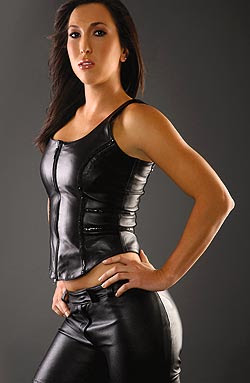A bar at the Club
At the start of 1931, Real Madrid renewed their headquarters on "15, Caballero de Gracia" Street. The Club expanded its offices and bought new furniture. President Luis de Usera and Technical Secretary Pablo Hernández Coronado had new offices built, but the greatest novelty of them all was the construction of a bar in which visitors could refresh their dry throats during football gatherings.
Real Madrid lose their crown
On 14 April 1931, the arrival of the Second Spanish Republic deprived Madrid of its royal title and the crown was taken off the logo. From then on, club went back to be known as Madrid Football Club.
League champions on Barcelona's field
Real Madrid won the first of its 31 League titles in the 1931/32 season. League championship came to be threatened by a coming strike of referees, but their disunity made it fail. Throughout the campaign there was an intense side by side between Real Madrid and Athletic Bilbao, which was not resolved until the last day, when the Basques were defeated in Santander and Real Madrid tied at two goals against Barcelona in the old field “Les Corts”. After the trip to the capital of Spain, Madrid dispatch was received at City Hall by the mayor, who officially welcomed them, saying, on behalf of the people of Madrid, gratitude for the conquest of this honorable title. Real Madrid had written an epic, not only having won the title but to do it without losing a match. The solid defensive trio formed by Zamora, Ciriaco and Quincoces -the team only conceded 15 goals-, had a great share in the success.
 |
| Ciriaco, Zamora and Quincoces |
With great football, focusing on the fighting spirit and the quality of the players, the champion did not give options to its rivals, although it started and finished the tournament with defeats. During the campaign, José Samitier, until then Barcelona idol, joined the roster and with his refined technique and vision of the game enhanced the template. The championship was another hard fight with Athletic Bilbao, which exceeded at the final by two points, giving them their second consecutive league. Olivares, with 16 goals, was the top scorer in the championship.
Nearby was the team to repeat at the next three seasons, but in all team was left with honey on lips and with the "title" of runners, at the distance of one point of the winners, Athletic (1933-34 and 1935-36 ) and Betis (1934-35). However, on May 6, 1934, Real Madrid won the Cup tournament after 17 years of drought in this competition. In the final, defeated Valencia 2-1, goals scored by Hilario and Lazcano.
Alberty, the first foreigner at Madrid Spanish football had opened itself to the rest of the continent, and on 12 June 1934 Madrid went on a European tour. During the trip, they signed Fortuna Dusseldorf's Jacob Bender, but the German FA eventually didn't allow the transfer. Months later, on 20 December, a team comprised of Spanish players faced the national team of Hungary at Chamartín Stadium in honour of the Spanish international players that took part in the Italian World Cup. After the game, Hungary goalkeeper Gyula Alberty Kiszely, signed for Madrid and became the first foreign player to play on the team in the Club's history.
The first Madrid-Barcelona Cup final
On June 21, 1936, Real Madrid and Barcelona faced in the Spanish Cup Final. A large highly anticipated match that raised enormous expectations. With Valencia as a backdrop, both teams, and then the most representative of Spanish football, left the skin on the pitch to get the win. The Real Madrid started the match with great success, achieving two goals by Eugenio and Lecue. Then Escolá got catch up. And under a deep domain of Barcelona, came the great leadership of Ricardo Zamora with an anthology stop -which would be the last with the team in an official match-and gave Madrid the title. Real Madrid won 2-1, but had 10 players. Escolá hooked a powerful shot that went straight to the net. And there was Zamora, emerged from a cloud of dust to stop the poisoned shooting. That sensational speech marked the end of a player and the beginning of a legend. Men who achieved the historic feat were: Zamora, Ciriaco, Quincoces, P. Regueiro, Bonet; Sauto, Eugenio, L. Regueiro, Sañudo, Lecue and Emilín.
Seized by the Popular Front
The war started on 18 July 1936. The same day, the Club, along with every other sports entity in the country, was seized by the Popular Front who appointed their own people to run it. That's how Juan José Vallejo came to run the Spanish FA, the Football Association of Castilla and Madrid FC at the same time. Madrid kept functioning as always at the offices on 4 Recoletos Street with Pablo Hernández Coronado acting as Secretary and Head of the sports side of the Club, and Carlos Alonso being responsible for Chamartín Stadium.
Madrid vetoed by Barcelona
Pablo Hernández Coronado tried to make Madrid survive during the war, but the three steps he took trying to do so failed. He couldn't manage to get the team to play in the Valencia Championship and the Catalan Championship and his project for a European tour collapsed. The Catalan Championship started on 4 October 1936 with the following teams: Barcelona, Español, Sabadell, Gerona, Granollers and Badalona. Madrid coach Paco Bru managed to get the Catalan teams accept having Madrid in the tournament, but Barcelona vetoed them and they weren't allowed to take part in the Championship in the end.
Establishment of the Salvation Committee
The Salvation Committee was created when the war ended on 1 April 1939. It was presided by Adolfo Meléndez and it comprised Mssrs. Parages, Urquijo, Oliver, Coppel and Ortiz de Zárate. Its Secretary, Pablo Hernández Coronado, called up a meeting at 8 Fernanflor Street. After reviewing the appalling state Chamartín Stadium was in, Pedro Parages said: "This will be a complicated problem to solve because we will need approximately 300,000 pesetas to rehabilitate the stadium, an exorbitant sum these days".
The first full house of the post-war period
Chamartín Stadium reopened on 22 October 1939 to hold the first derby of the post-war period. It was a Regional Championship fixture in which Madrid defeated Atletico 2-1. Support for football didn't decrease with the war, and despite the fact that the cheapest tickets cost five pesetas -a price heavily criticised back in the day for being too expensive- the stands were full of fans that fervently rooted for their team.
 |
| Chamartín Stadium during Spanish Civil War |

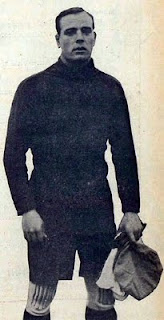

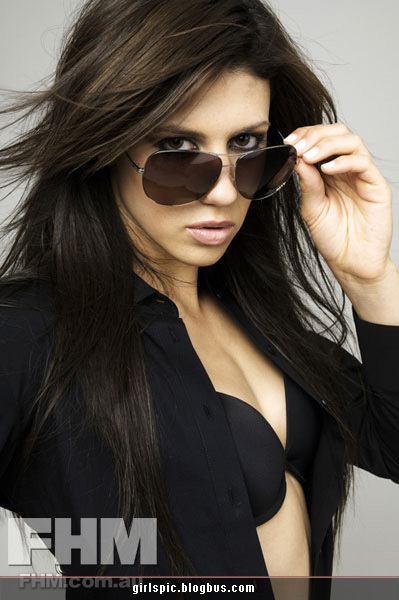
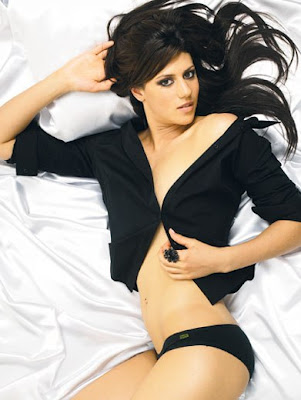


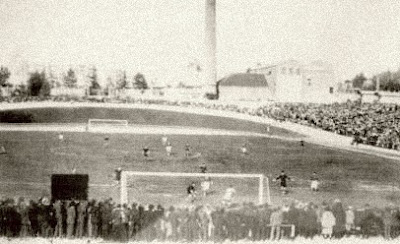
 Cricket Bat and Ball
Cricket Bat and Ball
